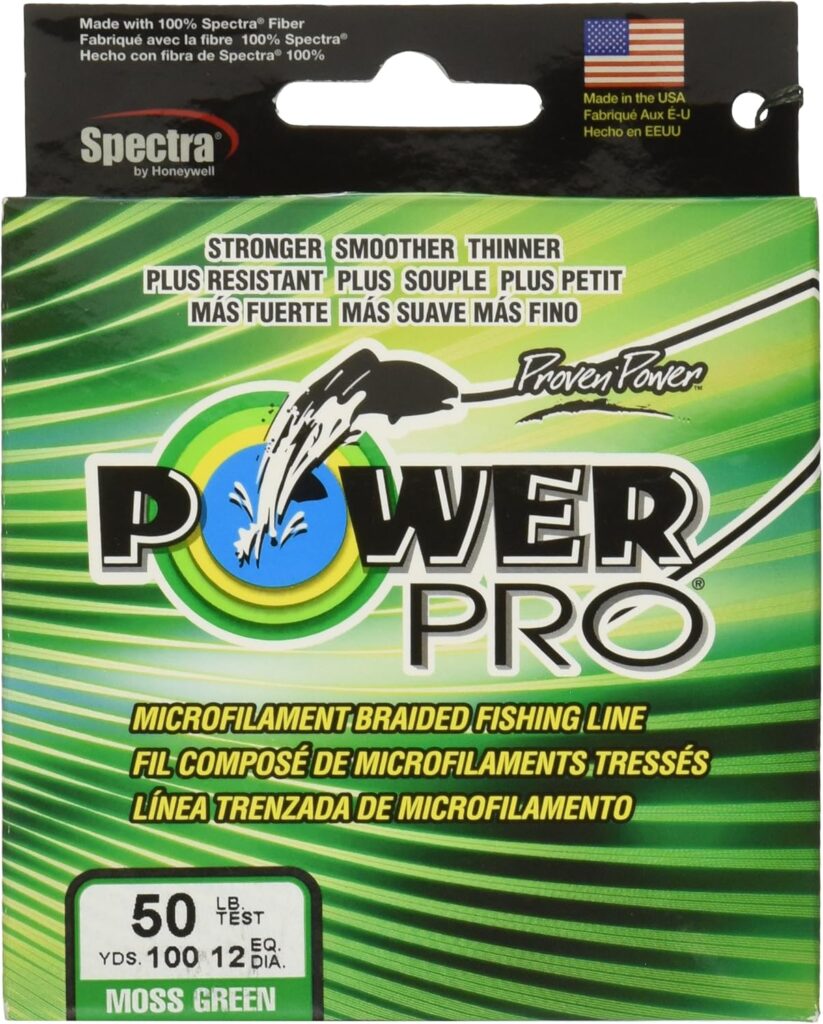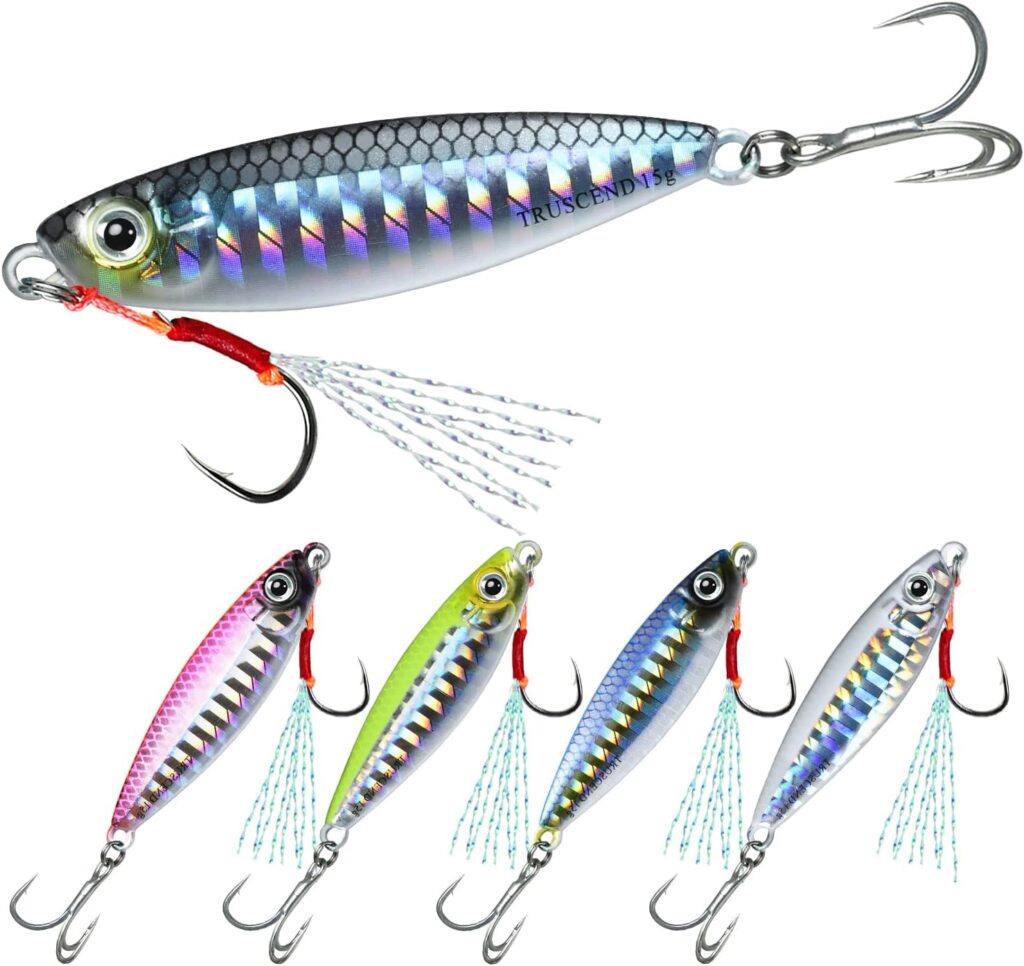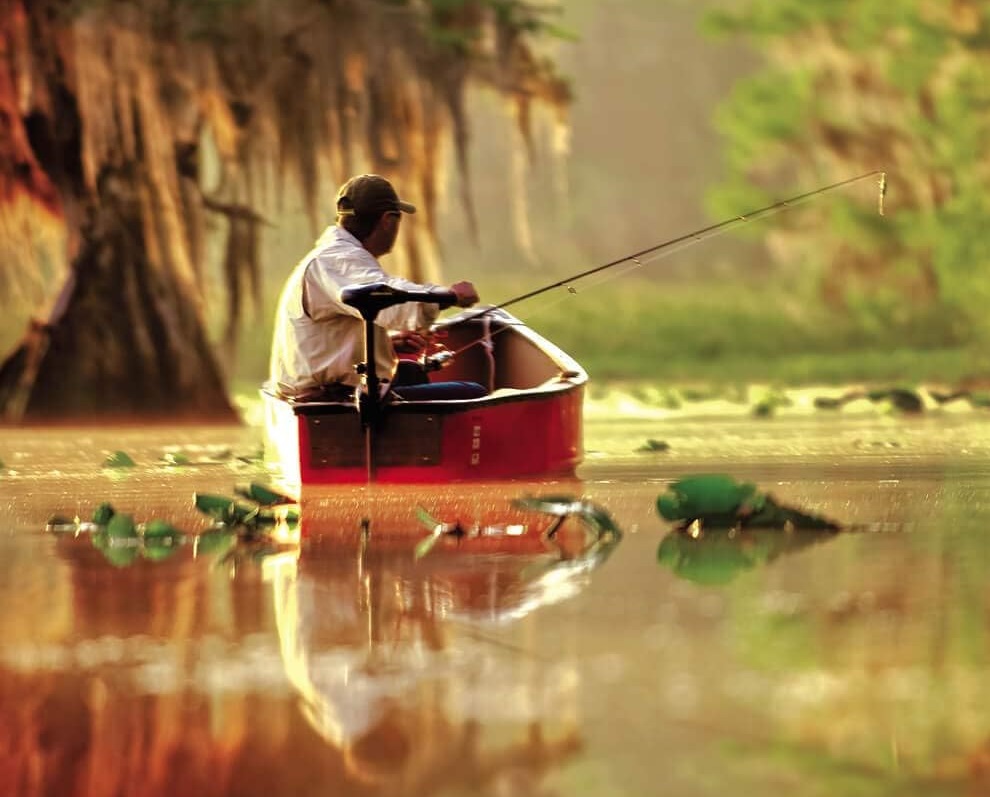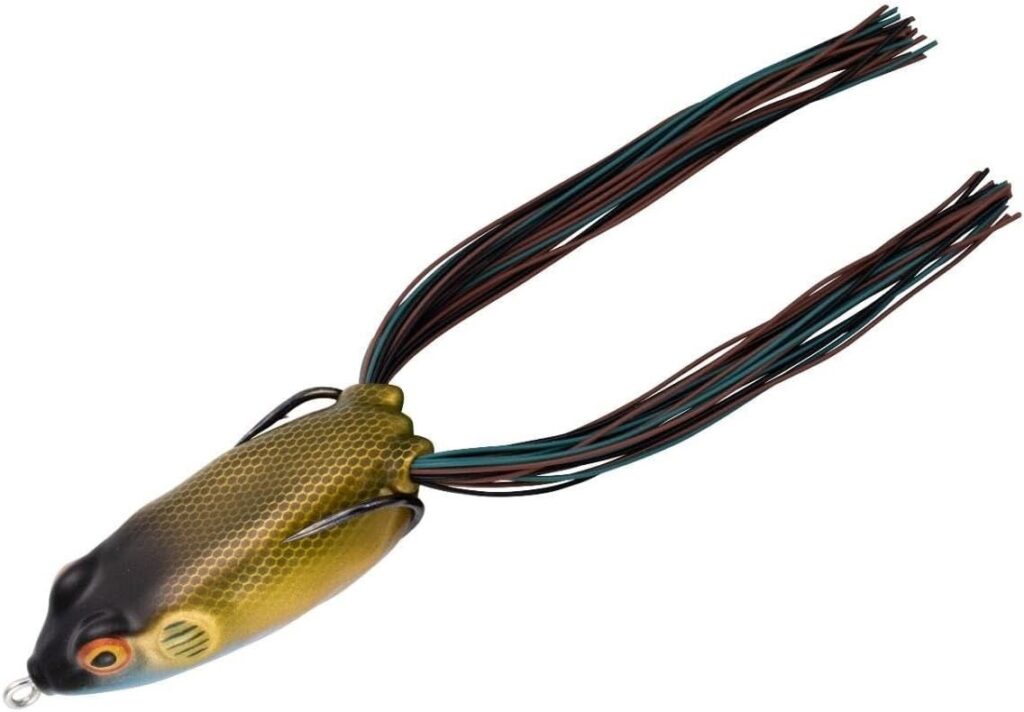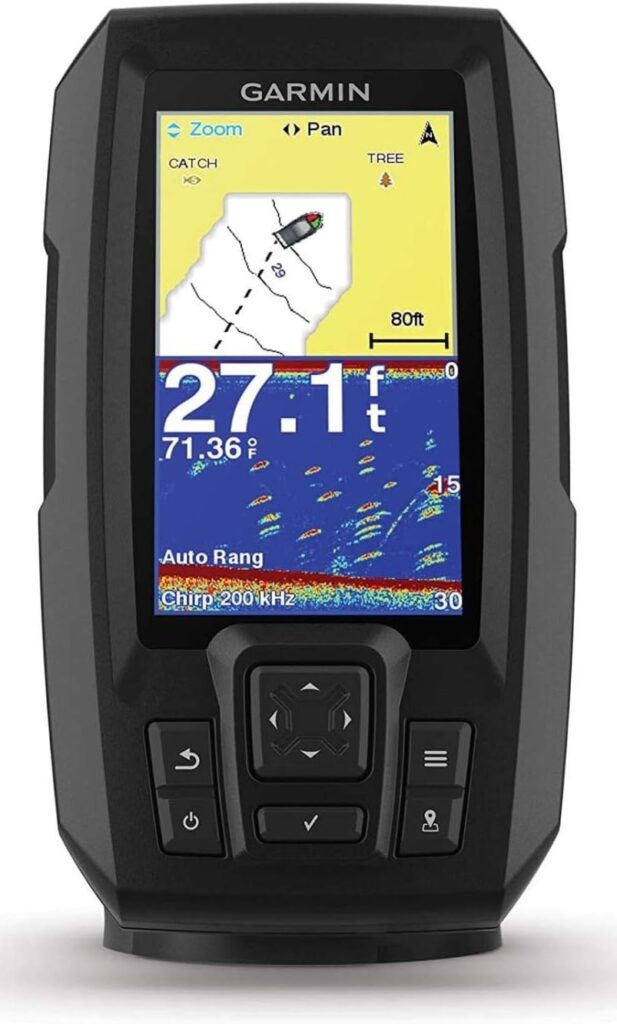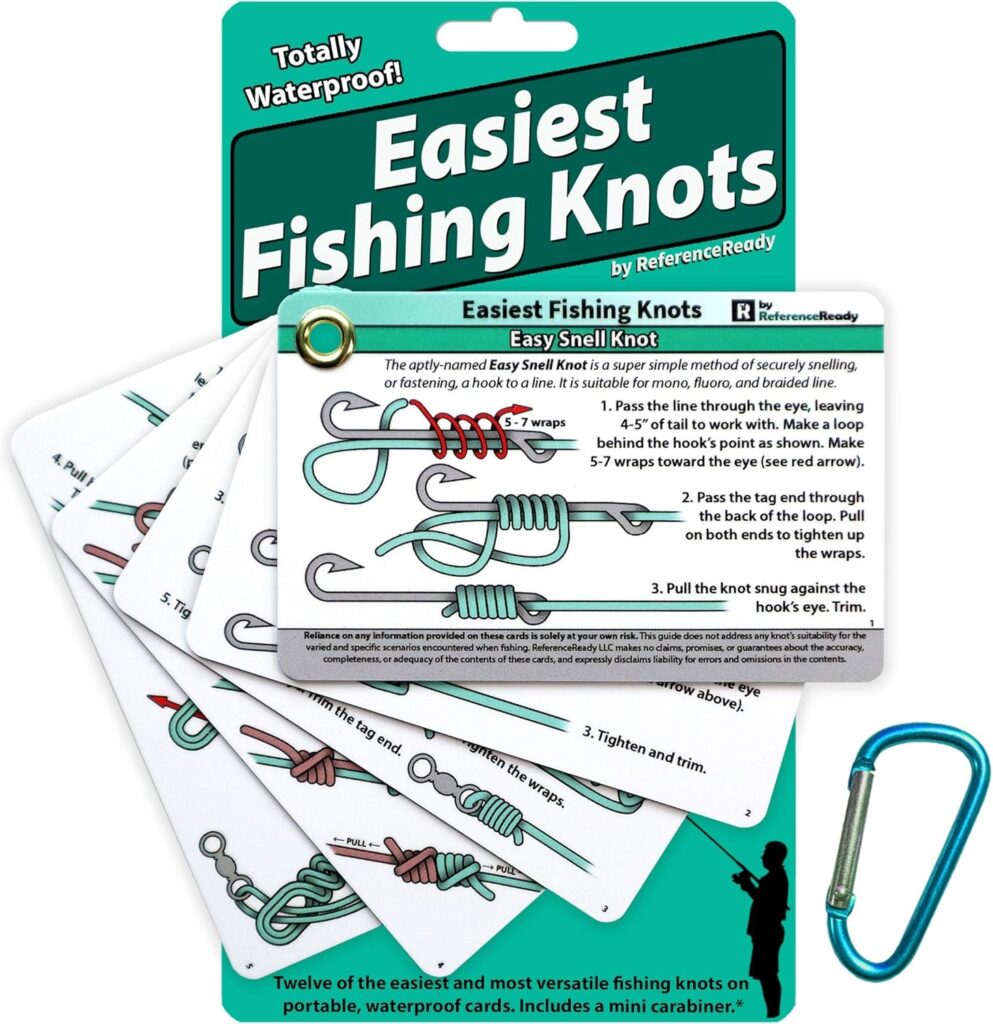Fishing is a blend of skill, patience, and just a bit of luck. But with the right approach, you can significantly increase your chances of landing that trophy fish. Whether you’re a beginner or an experienced angler, this guide will give you practical tips that will boost your success out on the water. We’ll cover everything from gear selection* and location to effective fishing techniques. So grab your tackle box, and let’s dive in!
* You will notice that there are quite a few links throughout the blog. Yes, I am an Amazon Associate. Should you make a purchase through one of these links, I may receive a small commission at no additional cost to you. This blog is created as an informative guide. The products mentioned in the blog have been carefully selected for you by zeroing in on the best product for the best value. Thus, reducing your time searching for the right information and suggesting products that will improve your fishing experience. Thank you for your support.
1. Know Your Fish and Their Habits
The key to catching more fish starts with understanding the species you’re after. Fish behave differently based on water temperature, weather conditions, and the season. Spend some time researching the types of fish that are in your target area. This will help you determine where they’re likely to be, what they’re eating, and when they’re most active.
For instance, bass tend to stay close to submerged structures like logs or rocks, whereas trout prefer cold, clear streams. When fishing for catfish, they often hang out near the bottom of rivers or lakes. By understanding your target species, you can tailor your strategy and improve your chances of success. You can obtain this information in countless ways. From books and magazines on fishing, via the internet, even talking to your friends and locals. Also your tackle shop or bait shop usually have staff that possess a lot of knowledge and are sure to help guide you in the right direction.
If you can afford it, you could hire an expert fishing guide or go on a fishing charter boat. The knowledge you will gain from these guys will be well worth it.
2. Choose the Right Gear
Having the right gear is essential to catching more fish. The good news is that there are plenty of high-quality, affordable products available that can enhance your fishing experience. By knowing which species you will be going after and what location you are going to fish, you can determine what fishing gear your going to need.
- Fishing Rod and Reel: Depending on the type of fish you’re going for, you may need a specific rod and reel combo. A spinning rod is great for beginners and works well for most types of fishing. If you’re looking for a highly-rated option, the Ugly Stik GX2 Spinning Fishing Reel and Rod Combo (available on Amazon) is a fantastic choice for many anglers, with thousands of positive reviews. It’s durable and versatile, making it ideal for different types of fishing.
- Fishing Line: There are three types of fishing lines—monofilament, fluorocarbon, and braided. Monofilament lines are a good choice for beginners because they’re easy to handle, while braided lines are stronger and perfect for fishing in areas with lots of underwater obstacles. The PowerPro Spectra Braided Fishing Line is a favorite for its incredible strength and sensitivity.
- Hooks and Bait: When it comes to bait, you’ll want to match it with your target fish’s preferences. Soft plastic worms, crankbaits, and spinnerbaits are great for bass fishing. Alternatively, live bait like worms or minnows is often ideal for a variety of species. Consider getting a multi-pack like the Senko Worms Bait Kit, which is highly rated and offers several colors and styles to choose from.


3. Select the Right Location
The right spot can make or break your fishing experience. To increase your chances, fish where the fish are. Sounds simple, but it’s crucial to find locations where fish gather.
- Structure and Cover: Fish like to stay close to structures for protection and to ambush prey. Look for areas with rocks, weed beds, submerged logs, or docks. If you’re fishing in a lake, check out coves and inlets as they often harbor fish.
- Depth Matters: The depth at which you fish can also play a big role in your success. Different fish species prefer different depths depending on the time of year and temperature of the water. For example, during warm months, fish might move to deeper, cooler water, whereas in the spring and fall, they might be found in shallower areas.
- Local Knowledge: Go fishing with someone that knows the area to obtain knowledge about the location. Where are the holes that fish gather in, the structures, sandbars or reefs. If not, do some reconnaissance. Scout around the area and make note of the spots where you think the fish may be found. Note that low tide is a good time to check out estuaries, rivers and beaches so you can then know where to fish are likely to be as the tide rises.
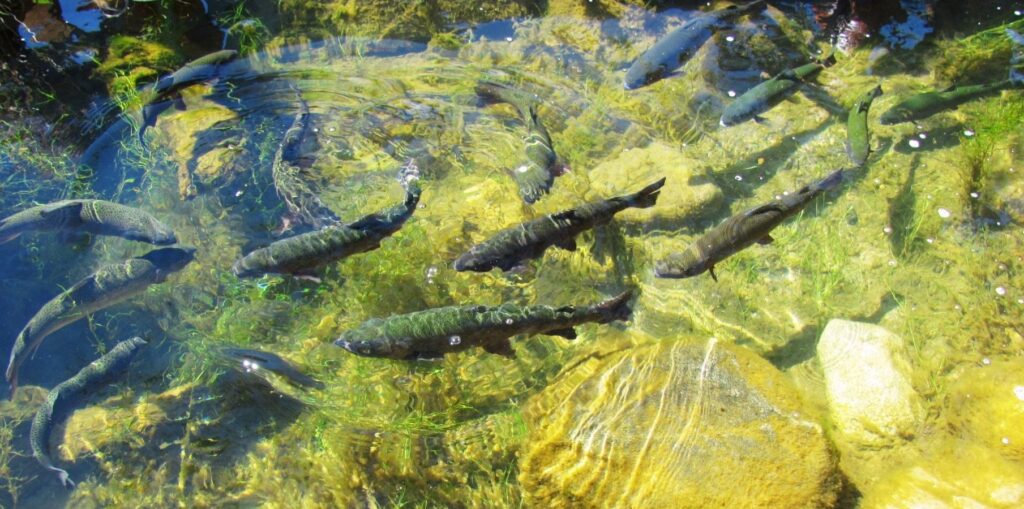
4. Pay Attention to Weather Conditions
Weather has a big impact on fish activity. Overcast days are often ideal for fishing because fish feel more comfortable venturing out from their cover without the bright sun. Windy days can also be productive, as wind pushes baitfish towards shorelines, which in turn attracts larger fish.
Fish can also become more active as the barometric pressure rises. So it is worth checking this when you are looking at the weather forecast for the day or time you are planning to go fishing.
Early morning and late afternoon are often the best times to fish because that’s when many species feed most actively. If you’re a night owl, try catfishing in the evening—they’re most active after dark.
5. Use Effective Fishing Techniques
It’s not just about having the right gear—how you use it matters too. The best anglers know how to adjust their techniques based on the conditions and target fish. When fish with bait, selecting the right rig for the species you are trying to catch is crucial. Here are some tried and true methods to help you catch more fish:
- Casting and Retrieval: Practice your casting to ensure you get your lure where the fish are likely to be. Try varying your retrieval speed and pattern, like using a stop-and-go motion, which can provoke a reaction strike from fish. The Rapala Rattlin’ Rap is a great lure for casting and trolling and can be found on Amazon. It has a rattling sound that attracts fish from afar, and it’s known for its effectiveness.
- Jigging: Jigging involves dropping your bait to the bottom and then lifting it in short jerks. This works well for attracting predatory fish waiting to ambush a small baitfish down deep. It is very effective in saltwater near reefs and structure. A set of Truscend Captain’s Favorite Jigs is a great option and will catch a wide variety of species.
- Trolling: If you’re fishing from a boat, trolling is an excellent technique for covering a lot of water and locating active fish. This involves slowly dragging lures behind the boat. The Minn Kota Endura C2 Trolling Motor is a popular choice for trolling and are suited for kayaks and small boats, and it’s available on Amazon with great ratings.
6. Use the Right Bait
Fish can be picky, so using the right bait is essential. Live bait like minnows, nightcrawlers, or leeches often work wonders and can attract a variety of fish. Talking to the local fishermen and bait store owners can help in finding out what the fish are currently feeding on. However, artificial lures are also incredibly effective and can be more convenient.
For bass, try using plastic worms or crankbaits. A Booyah Pad Crasher Frog is great for surface fishing in weedy areas where bass like to hide. On the other hand, if you’re fishing for trout, consider using spinners like the Panther Martin Spinner Lure. These lures are highly rated on Amazon and are known for their excellent action in the water.
If and when you do catch a fish [that you are going to keep], it is often very helpful to to check the contents of its stomach and try to identify what it has been feeding on. It is then possible to increase your success rate by using bait or lures that imitate its last meal because the other fish in that location will probably be eating the same thing.
7. Be Patient and Observant
Fishing is not a race—sometimes, the best thing you can do is relax and observe your surroundings. Keep an eye on the water for signs of fish activity like splashes, birds diving into the water, or ripples. These can all indicate feeding fish nearby.
Adjust your tactics if you’re not getting bites. Experiment with different baits, lures, retrieval speeds, and locations until you find what works. Patience is part of the game, but it pays off when you finally hook that big one.
8. Pay Attention to Seasonal Patterns
Understanding how seasons affect fish behavior is key to catching more fish. Fish are more active during certain times of the year.
- Spring: Fish tend to be in shallow areas as they spawn. It’s a good time to use bright-colored lures, as the water might be murky from spring runoff.
- Summer: Fish may move to deeper, cooler waters, especially during the hottest parts of the day. Early mornings and late evenings are the best times to fish.
- Fall: Fish start feeding heavily in preparation for winter, making it an excellent time to catch them. Look for them in shallow waters and use bait that mimics their natural prey.
- Winter: In colder climates, ice fishing is popular. Fish are less active, so slowing down your presentation and using live bait can help.
9. Upgrade Your Electronics
Technology has come a long way in helping anglers locate fish. A fish finder can help you identify fish depth, structure, and bottom composition. If you have a boat or even a kayak, the Garmin Striker 4 Fish Finder is a highly-rated, entry level product available on Amazon that provides clear visuals and can make a big difference in your success rate.
It will take some time to learn how to use these devices. Many anglers who have become proficient in using their fish finders are even able to identify the species just by looking at the patterns indicated on the screen! Fish finders technology will make it much easier to find the fish and thus will make your day all the more enjoyable.
10. Keep Your Hooks Sharp
A dull hook can be the difference between catching a fish and watching it swim away. Make sure to sharpen your hooks regularly or replace them if they become too worn. The Lansky Hook Sharpener is an inexpensive tool that’s easy to carry with you.
11. Learn to Tie Strong Knots
A poorly tied knot can easily lead to lost fish. Learn a few essential fishing knots like the improved clinch knot, Palomar knot, and loop knot. These knots will help you keep your hook securely attached to the line and make sure your lure moves naturally in the water. There is available, a handy guide for the easiest fishing knots that every angler should have as an essential part of any tackle box. The next step is to learn about tying rigs to target the species you are after. There are many publications, both in print or via the internet, on this topic. But it is probably best to learn directly from an experienced fisherman.
12. Stay Comfortable
Fishing for hours can be exhausting, especially if you’re not prepared. Dress appropriately for the weather, bring plenty of water, and pack a comfortable chair if you’re shore fishing. Also, protect yourself from the sun with a wide brim hat and sunscreen. The Columbia PFG Tamiami II Fishing Shirt with long sleeves is a great option because it’s breathable and provides sun protection—plus, it has excellent ratings from other anglers. The Bassdash fishing hat will give you great all round head protection with its wide brim and chin strap so you wont lose it on a windy day.
13. Practice Catch and Release (When Appropriate)
If you’re not planning to keep the fish, practice catch and release to help conserve the fish population. Handle the fish carefully, minimize the time it spends out of water, and use pliers to remove the hook quickly. Barbless hooks can also make it easier to release fish with minimal harm.
Having a good quality landing net is a necessary item for managing your catch. A fantastic option is the Kastking Pontus Landing Net. It is foldable and compact and comes with its own carry bag. It also contains a lip grip for holding the fish and a hook removing tool, so you can look after your catch the best way possible.
14. Bring a Variety of Lures
Different conditions call for different lures, so having a variety in your tackle box is essential. If the fish aren’t biting on one lure, switch it up. Try different colors, sizes, and types to see what works.
Over time, it can be virtually guaranteed that you will become hooked on fishing and will eventually amass a big tackle collection. For those beginner anglers, you can find some great kits with a great variety of hundreds of assorted lures and tackle on Amazon which are also good value for money. However, the best way, is to gradually accumulate the best quality gear over time and as your budget permits.
15. Fish with a Friend
Fishing is always more fun when you have company. Not only is it enjoyable to share the experience, but a friend can also help you spot fish activity, manage gear, and take great photos of your catches. Plus, it’s safer to fish with someone else, especially when you’re in unfamiliar waters.
16. Stay Adaptable
No two fishing days are ever the same. Conditions can change quickly—what worked one day might not work the next. Staying adaptable and willing to change tactics is crucial. Observe what’s happening around you and adjust accordingly. Sometimes, even small tweaks can make a big difference, like changing your bait size or switching from a fast to a slow retrieve.
17. Learn from Other Anglers
The best way to improve your fishing skills is to learn from others. Join local fishing clubs, participate in online forums, or even watch YouTube videos. Anglers love to share their experiences, and you can pick up valuable tips and tricks that you may not have considered before.
Final Thoughts
Fishing is an enjoyable and rewarding activity that takes time to master. By applying the tips in this guide, you’ll improve your chances of success and catch more fish. Remember that patience, preparation, and knowledge are key components of a successful fishing trip. Gear up with the right equipment, learn about your target species, and keep experimenting until you find what works best for you.
Now, it’s time to hit the water and put these tips into action. Tight lines and happy fishing!
You may also be interested in:
Best Fishing Spots Around The World
How to Maintain Your Fishing Gear
How to Choose the Right Bait for Fishing
Best Fishing Rods for Beginners
